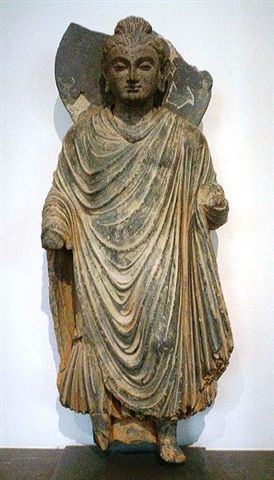What is it about opera in Chicago and a dollar bill? In the last year, two companies there have used the buck as a way to draw in people and raise some money at the same time.
Last year, the Chicago Opera Theater set up a six-week “People’s Opera” contest, asking people to choose the opera, out of three, that they wanted to see produced — for $1 a vote. They selected Mosè in Egitto by Gioachino Rossini, which will open the 2010 Spring Festival Season in Millennium Park next April. Chicago Opera Theater, run creatively by Brian Dickie, raised $40,000 from the voting (including a $16,000 matching grant). Voters chose a work — chronicling Moses leading the Hebrews out of Egypt — that hadn’t been seen in Chicago since Abraham Lincoln’s days. Britten’s Paul Bunyan came in second; Mozart’s La finta giardiniera placed third.
I was reminded of this yesterday, when I received an email…
[Read more…] about $1 Goes Far for Two Chicago Opera Companies


